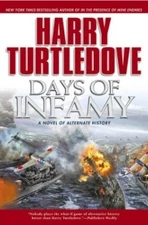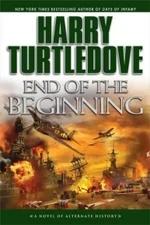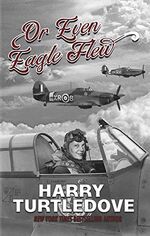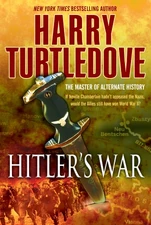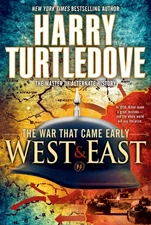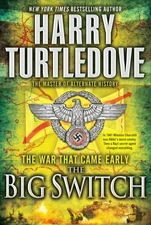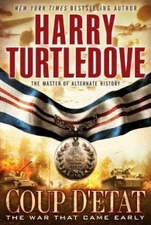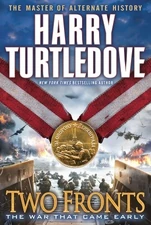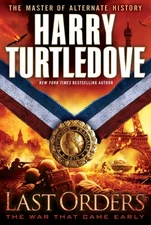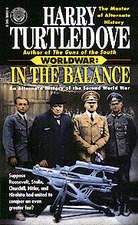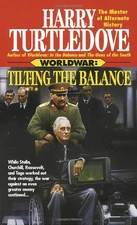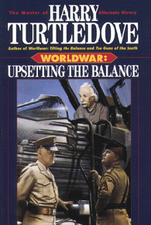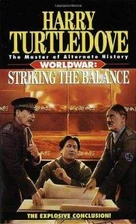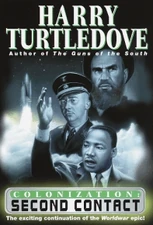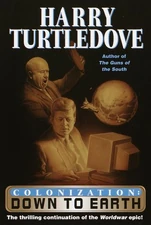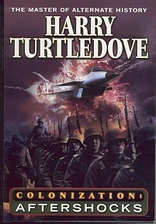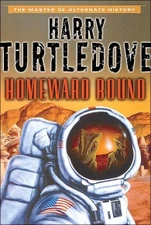
The Supermarine Spitfire was a British single-seat fighter aircraft, used by the Royal Air Force and many other Allied Forces during World War II, and into the 1950s. It was produced in greater numbers than any other Allied design. The Spitfire was the only Allied fighter in production at the outbreak of the Second World War that was still in production at the end of the war. The Seafire was a carrier-based adaptation of the Spitfire which served in the Fleet Air Arm from 1942 through to the mid-1950s.
Spitfire in Days of Infamy[]
Before the US Marines first attempt to retake Hawaii, in mid 1942, Les Dillon thought about the damage the Japanese fighter Zero could do, and how it had chewed up Allied fighters like the Spitfire along every front.
Spitfire in Or Even Eagle Flew[]
After a few days of training in a Miles Master, Amelia Earhart was placed in a used Spitfire. She found the actual process of flying smoother, and she was impressed by the plane's power and speed. Her instructor gave her some fine points about aerial combat, and warned her that the German ME-109 could outclimb and outdive the Spitfire.[1]
Spitfire in Southern Victory[]
The Spitfire was one of the most highly respected British fighters of the Second Great War. The Seafire naval variant was also used by the Royal Navy's airplane carriers to great effect. George Enos Jr. named the Spitfire as being a plane he didn't want to face.
Spitfire in The War That Came Early[]
The Spitfire was just entering RAF service when war broke out in Europe in 1938. The Spitfire was primarily used for home defence, and performed admirably against the Luftwaffe's incursions against British soil.
By mid 1942, the Spitfire had taken the position of the RAF's front line fighter in Europe when the British and the French lunched offensive operations against Germany's western flank. To many German pilots of the 109, it was considered a tougher opponent than the Hurricane.
Spitfire in Worldwar[]
Spitfires along with Hurricanes made up the bulk of the RAF's fighter craft when the Race invaded. Hopelessly outmatched, the spitfire was thrown into the fight mainly because it was all Britain had. Despite being outmatched, the spitfire was able to find a good use taking out helicopters, troop transports, and operating in CAS roles. The Spitfire was kept in production until after the Peace of Cairo.
References[]
{{Reflist}
| |||||||||||||||||
| |||||||
| ||||||||||||||||||||||
| |||||||||||||||||||||||||
Ctaegory:Or Even Eagle Flew
- ↑ Or Even Eagle Flew, pgs. 37-39, loc. 440-467, ebook.
